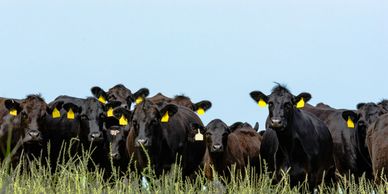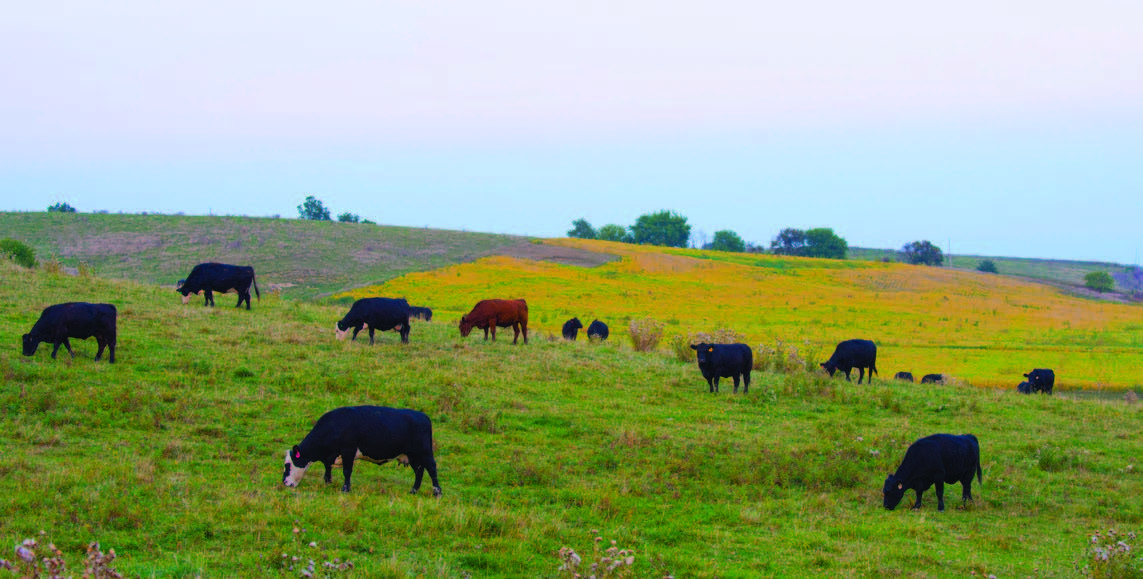Comprehending Livestock Threat Defense (LRP) Insurance Policy: A Comprehensive Overview
Browsing the world of livestock risk protection (LRP) insurance policy can be a complex endeavor for lots of in the agricultural market. From just how LRP insurance policy functions to the different coverage choices offered, there is much to discover in this extensive overview that might potentially shape the way livestock producers come close to danger management in their services.

Just How LRP Insurance Works
Sometimes, recognizing the auto mechanics of Livestock Danger Security (LRP) insurance policy can be complicated, but damaging down just how it functions can supply clearness for farmers and breeders. LRP insurance coverage is a danger monitoring tool designed to protect animals manufacturers against unanticipated rate declines. The policy allows manufacturers to establish a coverage degree based upon their specific requirements, choosing the number of head, weight variety, and insurance coverage rate. As soon as the policy remains in place, if market value drop below the insurance coverage rate, manufacturers can file an insurance claim for the distinction. It is essential to note that LRP insurance is not a profits assurance; instead, it concentrates only on price danger protection. The insurance coverage duration commonly ranges from 13 to 52 weeks, offering adaptability for manufacturers to select a period that lines up with their manufacturing cycle. By making use of LRP insurance, farmers and breeders can alleviate the financial threats connected with fluctuating market value, making certain higher stability in their operations.
Eligibility and Protection Options

When it comes to insurance coverage alternatives, LRP insurance offers producers the versatility to pick the coverage level, protection period, and recommendations that ideal match their threat management needs. By understanding the qualification standards and protection alternatives readily available, animals manufacturers can make educated decisions to manage danger properly.
Pros and Cons of LRP Insurance Policy
When evaluating Livestock Risk Protection (LRP) insurance policy, it is essential for livestock manufacturers to consider the disadvantages and advantages intrinsic in this risk monitoring tool.

One of the primary advantages of LRP insurance policy is its capability to offer security versus a decrease in animals costs. This can help safeguard manufacturers from economic losses arising from market changes. Furthermore, LRP insurance provides a degree of flexibility, allowing producers to customize coverage degrees and policy durations to match their details requirements. By securing an assured rate for their livestock, manufacturers can better handle risk and prepare for the future.
Nonetheless, there are also some downsides to think about. One restriction of LRP insurance is that it does not secure against all sorts of risks, such as condition break outs or all-natural disasters. Premiums can sometimes be costly, particularly for manufacturers with huge livestock herds. It is critical for producers to very carefully evaluate their specific danger exposure and financial scenario to establish if LRP insurance is the best threat management device for their procedure.
Understanding LRP Insurance Premiums

Tips for Making Best Use Of LRP Perks
Making best use of the benefits of Livestock Risk Defense (LRP) insurance coverage needs critical planning and aggressive threat monitoring - Bagley Risk Management. To make the most of your LRP insurance coverage, take into consideration the adhering to suggestions:
Routinely Analyze Market Problems: Remain educated concerning market trends and price changes in the animals sector. By keeping track of these variables, you can make educated decisions concerning when to buy LRP protection to secure versus potential losses.
Establish Realistic Coverage Degrees: When choosing insurance coverage levels, consider your manufacturing expenses, market worth of animals, and possible risks - Bagley Risk Management. Setting sensible protection degrees ensures that you are sufficiently secured without overpaying for unneeded insurance coverage
Diversify Your Insurance Coverage: Rather of depending exclusively on LRP insurance coverage, consider diversifying your danger management approaches. Integrating LRP with various other risk monitoring tools such as futures agreements or choices can provide extensive protection versus market uncertainties.
Evaluation these details and Adjust Insurance Coverage Consistently: As market problems transform, regularly review your LRP protection to ensure it straightens with your current risk exposure. Adjusting protection levels and timing of acquisitions can assist maximize your risk protection method. By complying with these pointers, you can make the most of the advantages of LRP insurance coverage and protect your animals procedure against unpredicted threats.
Final Thought
Finally, livestock danger security (LRP) insurance is a beneficial tool for farmers to handle the financial risks connected with their animals operations. By recognizing how LRP works, qualification and insurance coverage alternatives, as well as the pros and cons of this insurance, farmers can make educated decisions to safeguard their resources. By very carefully considering LRP costs and executing methods to make best use of advantages, farmers can minimize potential losses and make sure the sustainability of their operations.
Livestock producers interested in getting Animals Risk Defense (LRP) insurance can discover an array of eligibility criteria and insurance coverage alternatives tailored to their specific animals operations.When it comes to protection alternatives, LRP visit our website insurance coverage uses weblink manufacturers the adaptability to pick the protection level, coverage period, and endorsements that best match their threat monitoring needs.To understand the ins and outs of Livestock Risk Protection (LRP) insurance fully, understanding the variables affecting LRP insurance coverage premiums is critical. LRP insurance premiums are determined by various aspects, consisting of the coverage level chosen, the expected rate of animals at the end of the protection period, the type of livestock being insured, and the length of the coverage duration.Review and Adjust Coverage Regularly: As market conditions transform, occasionally examine your LRP insurance coverage to ensure it straightens with your current risk exposure.